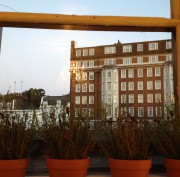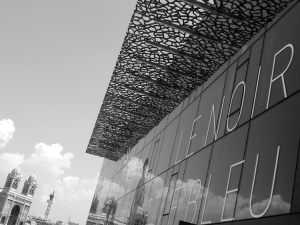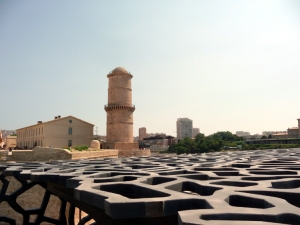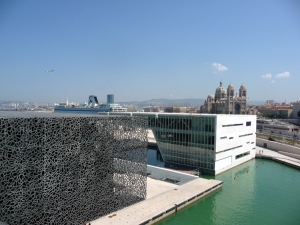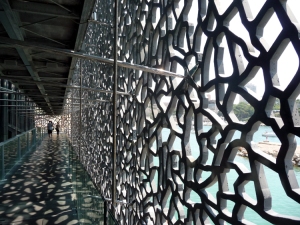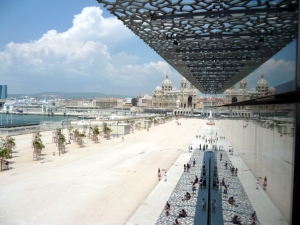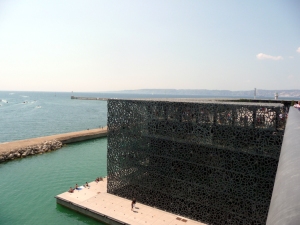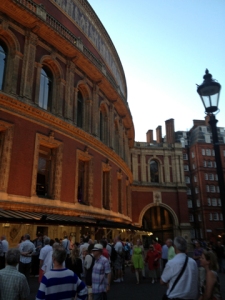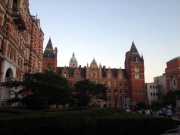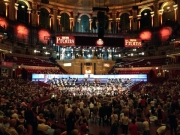Our cities have become shaped by the augmented use of automobiles as the main mean of transportation and it is becoming more and more complex to undo what has been done. As demographics evolved over time, the natural solution to growing needs of displacement around the city was to widen the roads and highways or temporarily deviate the traffic.
If you are a walker and live in a north american city where large automotive beltways and heavy traffic highways intertwine with prominent spaces, you have most likely experienced the dry and dusty air of early spring days, not to mention the unpleasant dominant sustained noise emanating from speeding vehicles. Of course, everybody must get around and race about town to make it to their meetings on time, but we can all agree today that cars and speedways have dictated the rhythm of our lives for too long.
For the past fifty years, politics and major projects have owned a fair share of this undesired effect, but all citizens are equally to blame for letting things drift by in time, waiting for the next big invention to relieve them from this plague. Surprisingly, the next great technological revolution that came to save us from driving for miles and miles to meet each other was a device that turned us away from one another more and more: the smart phone. For more than ten years now, we have become dependent of these devices to communicate and stay entertained, neglecting our natural and built environment for the instant benefits of retreating into our very own micro environments. Major infrastructure projects and small devices have helped define the spectrum through which cities are evolving today. Now that we can travel great distances within a city’s area and stay connected at all times through our phones, how can we mend our cities progressively without making regrettable changes that are difficult to repair after fifty years?
Small interventions piloted in close proximity to the sources of these ailing effects could be very beneficial. Affixing vegetation and positive masking sound sources near highways in medium to high density city areas, directly or close to pedestrian and low vehicular traffic areas could help us learn how to reduce the negative impacts that vehicular generated pollution and noise can produce. This is not new information and the positive effects of planting and providing ambient music in public spaces have been demonstrated for some time now. But what if we implemented these interventions at small scales in multiple areas of the city, to discover the impacts on a broader scale than just in public spaces? Instead of inviting people to the parks, bring the parks to the people.
There is an initial cost to this approach which seems hard to overcome because the short term return on investment is not as attractive as bringing more people to large consumer friendly areas. Because the car can take us anywhere, we have given our cities strategic locations where certain types of activities can take place. But what if we implanted the joyous formulas that we have reserved for specific locations throughout the city’s neighborhoods, spread out in multiple areas, but connected to one another? Does this already exist? If so, why are we still planning to develop large commercial centers in and around the city? Why are we still enlarging or renovating highways and beltways? There must be a more progressive way to develop interconnected neighborhoods and districts by involving citizens, decision makers and authorities…
